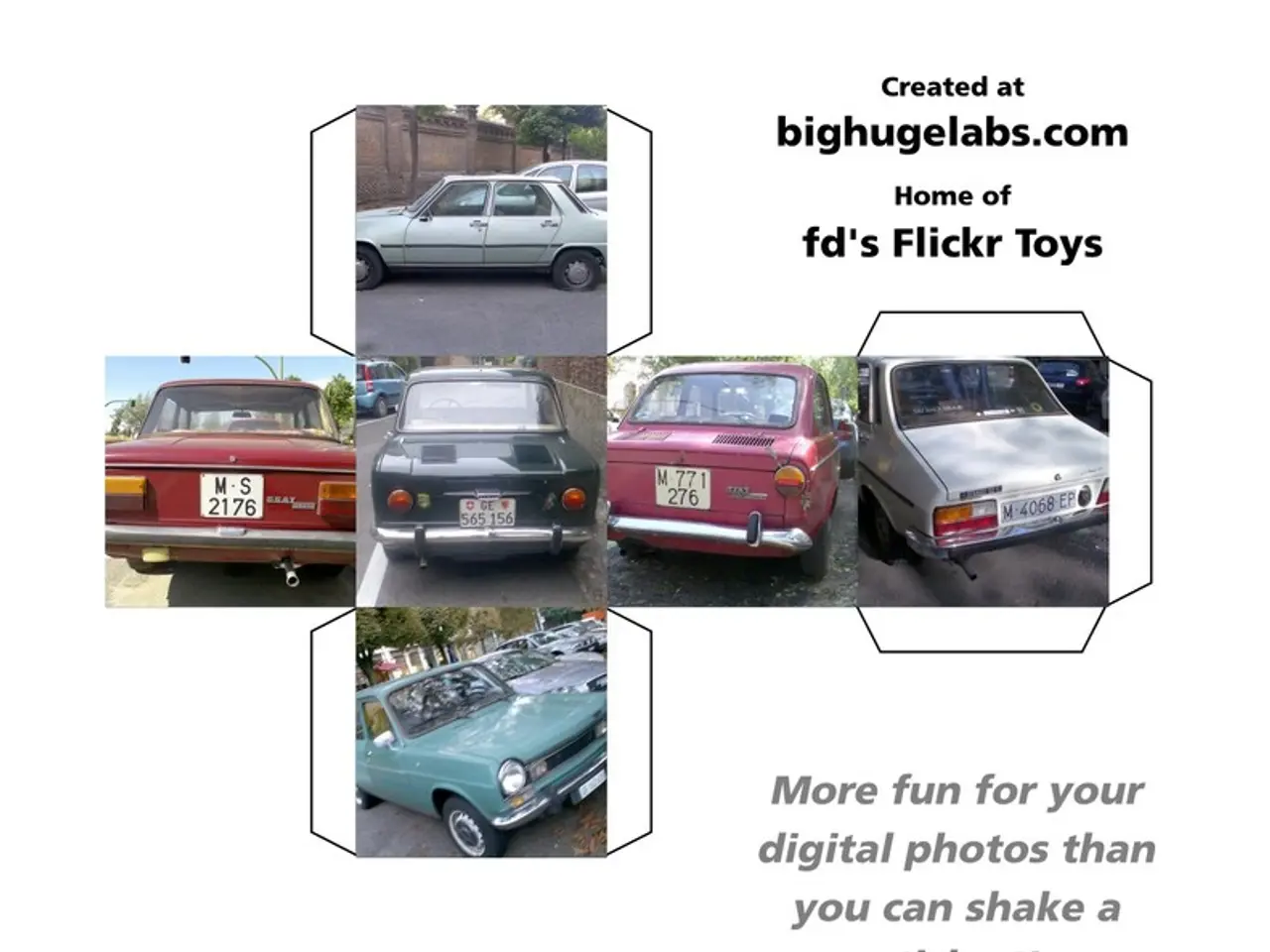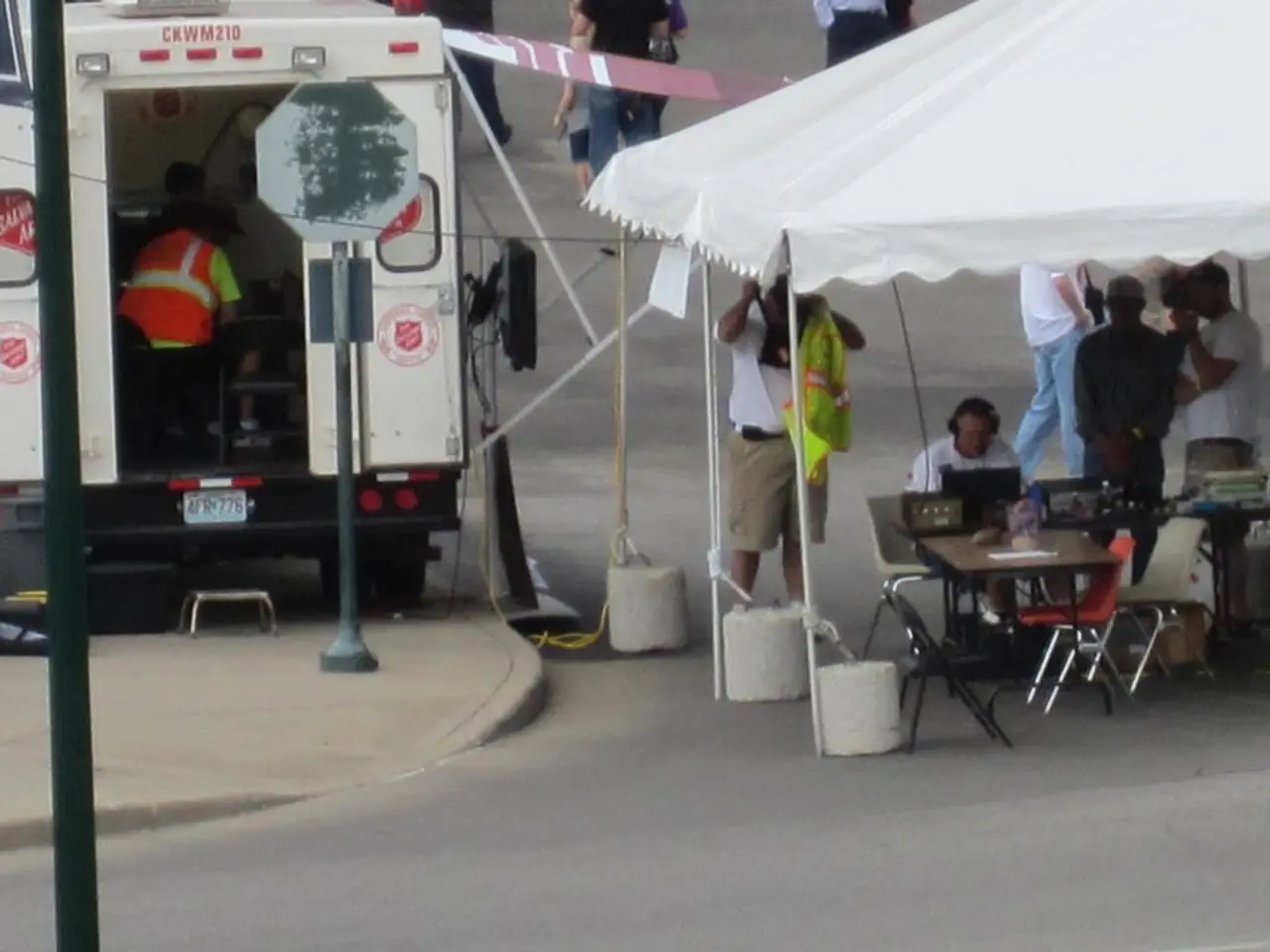Red-light cameras: do they save lives or just profit off traffic violations?
In an effort to curb dangerous driving behaviours, cities across the globe have turned to the use of red-light cameras. These devices, strategically placed at intersections, have been shown to be effective in reducing fatal accidents, but they also come with their own set of advantages and disadvantages.
One of the most significant benefits of red-light cameras is their ability to reduce the number of crashes. For instance, in Gurnee, Illinois, the introduction of red-light cameras led to a 32% reduction in crashes within five years of installation, and this decrease has been sustained even after the program ended due to a "halo effect" that encouraged safer driving habits across the village [1]. Similarly, studies indicate that fatal red-light-running crashes decrease by more than 20% in cities with camera systems [5]. In New York City, the integration of AI and camera technology resulted in a 41% reduction in red-light violations at equipped intersections, along with reductions in injuries and fatalities [4].
The cameras serve as a deterrent for drivers, encouraging compliance and reducing the risk of collisions. Furthermore, the "halo effect" suggests that safer driving behaviour extends beyond just camera-monitored intersections. When combined with AI-driven sensors and predictive analytics, the effectiveness on pedestrian and traffic safety is further enhanced [4]. Automated enforcement can also review potential violations before issuing fines, improving accuracy and fairness [2].
However, the implementation of red-light cameras is not without its challenges. Some communities have discontinued programs due to operational difficulties and concerns about program management [1]. Legal and constitutional challenges arise regarding driver privacy and rights, though courts have generally upheld the legality of cameras [2]. Accuracy concerns lead to disputes about wrongful tickets, though manual review attempts to mitigate this issue [2]. Critics argue that revenue generation can be a motive for implementing red-light cameras, which may erode public trust [2].
Another potential drawback is the increase in rear-end crashes at some camera locations as drivers stop abruptly to avoid tickets, though this risk is sometimes offset by the reduction in more severe angle collisions [5]. Some studies have suggested that red-light cameras could cause more accidents than they prevent, particularly for elderly drivers [6].
Despite these challenges, the evidence supporting the role of red-light cameras in reducing fatal accidents and improving road safety is compelling. With careful implementation and the integration of emerging AI technologies, these devices can play a crucial role in enhancing traffic safety. However, cities must address operational management issues, legal disputes, and public perception to maximise their effectiveness and acceptance.
If the 99 largest cities in the U.S. had installed the cameras, the number of lives saved would have been over 800 [3]. Fewer accidents occur at intersections with red-light cameras, and recent advances in technology have led to the integration of video surveillance in red-light camera systems, allowing authorities to issue tickets for two possible violations: running a red light and speeding [4]. The processed photo results in a ticket being sent to the traffic scofflaw [7].
In conclusion, red-light cameras, when used thoughtfully and in conjunction with modern technologies, can be a valuable tool in improving road safety and reducing fatal accidents. However, cities must navigate a complex landscape of operational, legal, and public perception challenges to fully realise their potential benefits.
References: [1] Gurnee, Illinois Red-Light Camera Program (2018). Retrieved from https://www.gurnee.il.us/DocumentCenter/View/2073 [2] ACLU Report on Red-Light Cameras (2014). Retrieved from https://www.aclu.org/report/red-light-cameras-threat-privacy-and-due-process [3] IIHS Study on Red-Light Cameras (2012). Retrieved from https://www.iihs.org/topics/red-light-running/facts-and-stats [4] NYC DOT Report on AI and Camera Technology (2019). Retrieved from https://www1.nyc.gov/assets/dot/downloads/pdf/about/reports/ai-and-camera-technology-report.pdf [5] University of South Florida Study on Red-Light Cameras (2018). Retrieved from https://www.usf.edu/news/article/usf-study-questions-effectiveness-red-light-cameras [6] AAA Foundation for Traffic Safety Study on Red-Light Cameras (2012). Retrieved from https://www.aaafoundation.org/sites/default/files/2018-05/Red-Light-Running-Crashes-2012.pdf [7] How Red-Light Cameras Work (2019). Retrieved from https://www.howstuffworks.com/red-light-camera.htm
- The integration of AI and camera technology, as demonstrated in New York City, has shown a significant reduction in red-light violations, injuries, and fatalities, highlighting the potential of technology in enhancing health-and-wellness by promoting safer driving practices.
- In Gurnee, Illinois, the use of red-light cameras led to a 32% reduction in crashes over five years, indicating compelling evidence that technology, in this case red-light cameras, can positively impact the health sector by improving road safety.
- Scientific studies, like those conducted by the University of South Florida, suggest that the effectiveness of red-light cameras in reducing fatal accidents can be further augmented with emerging AI technologies, demonstrating the symbiotic relationship between technology, science, and engineering, and health-and-wellness.




